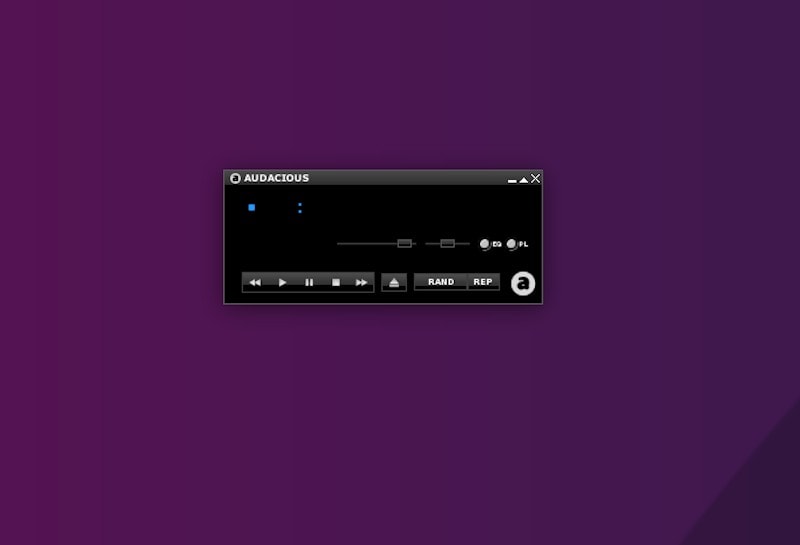Audacious is an open-source audio player available for multiple platforms that include Linux. Almost after 2 years of its last major release, Audacious 4.0 has arrived with some big changes.
The latest release Audacious 4.0 comes with Qt 5 UI by default. You can still go for the old GTK2 UI from the source – however, the new features will be added to the Qt UI only.
Let’s take a look at what has changed and how to install the latest Audacious on your Linux system.
Audacious 4.0 Key Changes & Features

Of course, the major change would be the use of Qt 5 UI as the default. In addition to that, there are a lot of improvements and feature additions mentioned in their official announcement post, here they are:
- Clicking on playlist column headers sorts the playlist
- Dragging playlist column headers changes the column order
- Application-wide settings for volume and time step sizes
- New option to hide playlist tabs
- Sorting playlist by path now sorts folders after files
- Implemented additional MPRIS calls for compatibility with KDE 5.16+
- New OpenMPT-based tracker module plugin
- New VU Meter visualization plugin
- Added option to use a SOCKS network proxy
- The Song Change plugin now works on Windows
- New “Next Album” and “Previous Album” commands
- The tag editor in Qt UI can now edit multiple files at once
- Implemented equalizer presets window for Qt UI
- Lyrics plugin gained the ability to save and load lyrics locally
- Blur Scope and Spectrum Analyzer visualizations ported to Qt
- MIDI plugin SoundFont selection ported to Qt
- JACK output plugin gained some new options
- Added option to endlessly loop PSF files
If you didn’t know about it previously, you can easily get it installed and use the equalizer coupled with LADSP effects to tweak your music experience.

How to Install Audacious 4.0 on Ubuntu
It is worth noting that the unofficial PPA is made available by UbuntuHandbook. You can simply follow the instructions below to install it on Ubuntu 16.04, 18.04, 19.10, and 20.04.
1. First, you have to add the PPA to your system by typing in the following command in the terminal:
sudo add-apt-repository ppa:ubuntuhandbook1/apps3. Next, you need to update/refresh the package information from the repositories/sources you have and proceed to install the app. Here’s how to do that:
sudo apt update
sudo apt install audacious audacious-pluginsThat’s it. You don’t have to do anything else. In either case, if you want to remove the PPA and the software, just type in the following commands in order:
sudo add-apt-repository --remove ppa:ubuntuhandbook1/apps
sudo apt remove --autoremove audacious audacious-pluginsYou can also check out their GitHub page for more information on the source and potentially install it on other Linux distros as well, if that’s what you’re looking for.
Wrapping Up
The new features and the Qt 5 UI switch should be a good thing to improve the user experience and the functionality of the audio player. If you’re a fan of the classic Winamp interface, it works just fine as well – but missing a few features as mentioned in their announcement post.
You can try it out and let me know your thoughts in the comments below!

